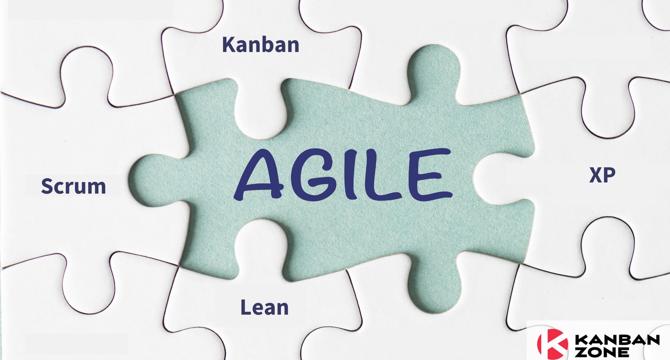Kanbanzone
1M
152

Image Credit: Kanbanzone
Agile Frameworks Compared: Scrum vs. Kanban vs. Lean vs. XP
- Agile frameworks prioritize flexibility, collaboration, and delivering value to the customer. Scrum provides a structured approach, ideal for teams with clear goals and steady project scope. Kanban offers flexibility and continuous delivery, making it perfect for dynamic environments. Lean focuses on efficiency, helping teams eliminate waste and streamline processes. XP ensures high-quality code with practices like pair programming and test-driven development.
- Each Agile framework aims to guide teams toward successful outcomes. Scrum is built around short, focused work periods called sprints, typically lasting two to four weeks. Kanban provides a highly visual approach to project management by mapping out work items on a Kanban board. Lean focuses on maximizing value by eliminating waste, while XP prioritizes high-quality code and frequent releases.
- Choosing the right Agile framework depends on the needs of your team and project. Scrum’s sprint-based approach may be the best fit if you need structure and predictable timelines. Kanban’s continuous flow allows for rapid adjustments and ongoing work management. Lean is invaluable for improving efficiency by eliminating waste, while XP is the ideal choice for development teams focusing on code quality and frequent releases.
- Many teams blend aspects of multiple Agile frameworks to create a hybrid approach that best fits their needs. As Agile practices continue to evolve, combining the strengths of different frameworks allows companies to optimize project management and deliver high-quality results.
Read Full Article
9 Likes
For uninterrupted reading, download the app